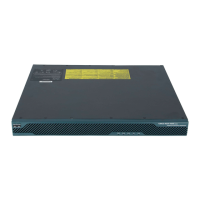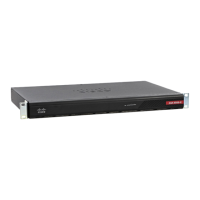CHAPTER
1-1
Cisco ASA Series CLI Configuration Guide
1
Configuring Active/Active Failover
This chapter describes how to configure Active/Active failover and includes the following sections:
• Information About Active/Active Failover, page 1-1
• Licensing Requirements for Active/Active Failover, page 1-7
• Prerequisites for Active/Active Failover, page 1-7
• Guidelines and Limitations, page 1-8
• Configuring Active/Active Failover, page 1-9
• Remote Command Execution, page 1-22
• Monitoring Active/Active Failover, page 1-26
• Feature History for Active/Active Failover, page 1-26
Information About Active/Active Failover
This section describes Active/Active failover. This section includes the following topics:
• Active/Active Failover Overview, page 1-1
• Primary/Secondary Status and Active/Standby Status, page 1-2
• Device Initialization and Configuration Synchronization, page 1-3
• Command Replication, page 1-3
• Failover Triggers, page 1-4
• Failover Actions, page 1-5
Active/Active Failover Overview
Active/Active failover is only available to ASAs in multiple context mode. In an Active/Active failover
configuration, both ASAs can pass network traffic.
In Active/Active failover, you divide the security contexts on the ASA into failover groups. A failover
group is simply a logical group of one or more security contexts. You can create a maximum of two
failover groups. The admin context is always a member of failover group 1. Any unassigned security
contexts are also members of failover group 1 by default.
